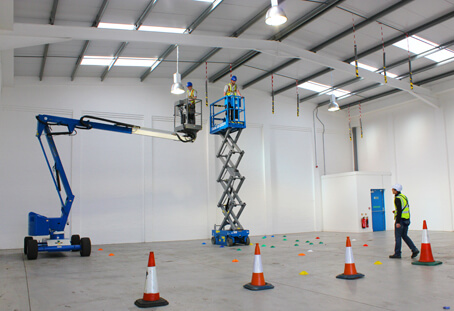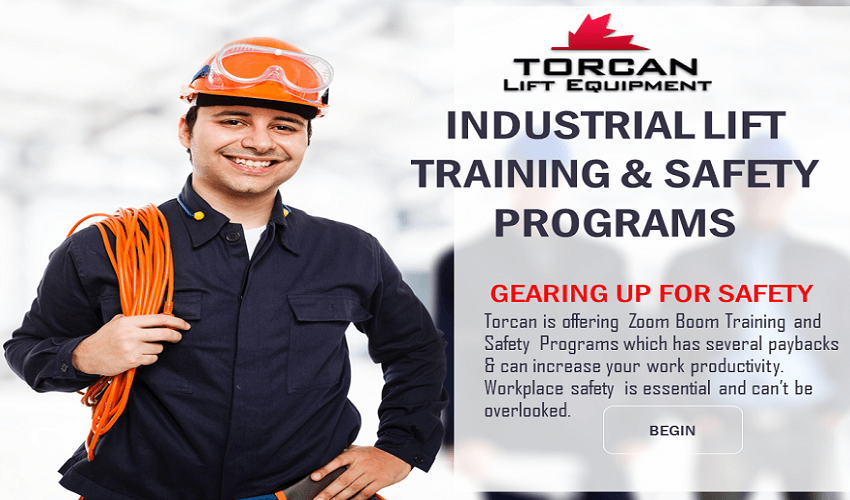Workers on site need to be professionally trained on how to use and work the machine, but also on the procedures to follow in the event a MEWP fails to work once the unit has been extended to its full working height.
For example, boom lifts can reach a staggering height of 180 feet, what do you do it the unit fails to retract back to ground level?

Generally speaking, it is good for the employers to develop their own rescue plan to protect a worker during an equipment malfunction, here are some safety guidelines in case an unforeseen situation does occur:
- A boom lift has two sets of controls, one on the platform and the other on the ground. In the event of calamity, the operator can use the auxiliary control which provides back up power to the equipment.
- If the auxiliary controls on the platform fail, the worker can summon ground personnel to operate the auxiliary controls from the ground. The ground worker can then perform emergency lowering. This is why it is crucial for machine operators to have some form of communication such us a cell phone or walky talky present, as well as crucial for ALL workers to have safety training in case they need to step in. As per OSHA regulation 147.1 all workers need to be trained in Aerial Work Platform.
- In addition to the two sets of controls on the boom lifts, there are also many types of aftermarket rescuing materials such as the SRK-11 Rescue Kit Systems, Tech Safety Lines, and much more. The employer can choose to purchase these. If they do, the workers must be trained in assessing situations and trained in how to use the appropriate rescue kits in each situation.
- The final course of action if all else fails would be to contact emergency services. The key here is knowing how fast the emergency services can get to the operator before poor circulation becomes a health issue. Having a good fall arrest harness and lanyard is essential. Using a harness that has leg straps or stirrups can help release pressure while awaiting rescue.
Torcan Lift Equipment offers hands on certification and training for boom lifts, scissor lift, and working at heights.
These different types of training will ensure you / your workers will have the knowledge and ability to work through any unforeseen malfunctions.
Group and on-site training sessions are available to make this process easy for you, and to ensure all on site staff get properly and professionally trained.
Call now to book your training!

